Alright – so today we’ve got the honor of introducing you to Kelsey Lee. We think you’ll enjoy our conversation, we’ve shared it below.
Kelsey, thanks for taking the time to share your stories with us today Owning a business isn’t always glamorous and so most business owners we’ve connected with have shared that on tough days they sometimes wonder what it would have been like to have just had a regular job instead of all the responsibility of running a business. Have you ever felt that way?
As a small business owner, I know that every day is probably going to be less predictable during a regular 9-5 job. You have to be really self-motivated to get up on time and stay motivated, and you are way more vulnerable to swings in political and economic forces. I think that it is incredibly common for artists and small business owners to frequently wonder why they’re still doing it, or if it may be time to throw in the towel. I know that 2024 was a particularly hard year for a lot of business owners, and I spent the summer watching more and more friends and acquaintances have to close up shop, not because they wanted to, but because it was just no longer sustainable for themselves to keep trying. Seeing so many people that I looked up to and were rooting for suffer was incredibly hard, and I definitely questioned whether or not I would be next. However, as time moved on and I entered the fall/holiday season, I spent more time at markets having a chance to talk to other small artists, and it really hardened my stance about the necessity to support small businesses as much as we all can. I think that in this consumerist world where people treat objects like garbage once they have been bought and used a single time, artists and small businesses are out to create objects with meaning behind them, so people can see the true value. I watched artists explain the process behind jewelry made with real dried flowers; from picking them from fields and gardens to drying them, coating them in resin, and setting them before turning them into wearable art. I listened to a ceramicist explaining the inspiration behind her hand carved mugs and bowls. Every time I purchase something from a fellow artist, it quickly becomes my favorite object within that category. When I pick up that handmade mug every morning to pour my coffee, I stare at the imperfections, the things that show me that it was made with love by a person, and not a machine. I think of the person that made it, and I hope she is having a good morning too. That connection is incredibly powerful, and I don’t think you could ever get it from working corporate at a 9-5 because you are so far removed from the things that you are creating. A lot about being a small business owner is not for the faint of heart; it’s lonely and isolating, stressful, unpredictable, and just overall incredibly difficult, but at the end of the day, I think that is such a big part of why it’s worthwhile. No one would put themselves through that if they didn’t have a very strong conviction in their work and why the world really needs it. I believe so strongly that small business is so important for reducing mindless consumption and relearning the value of everything that is made in this world and I want all of us to succeed. Sending love to all my fellow small business owners, I am rooting for you!
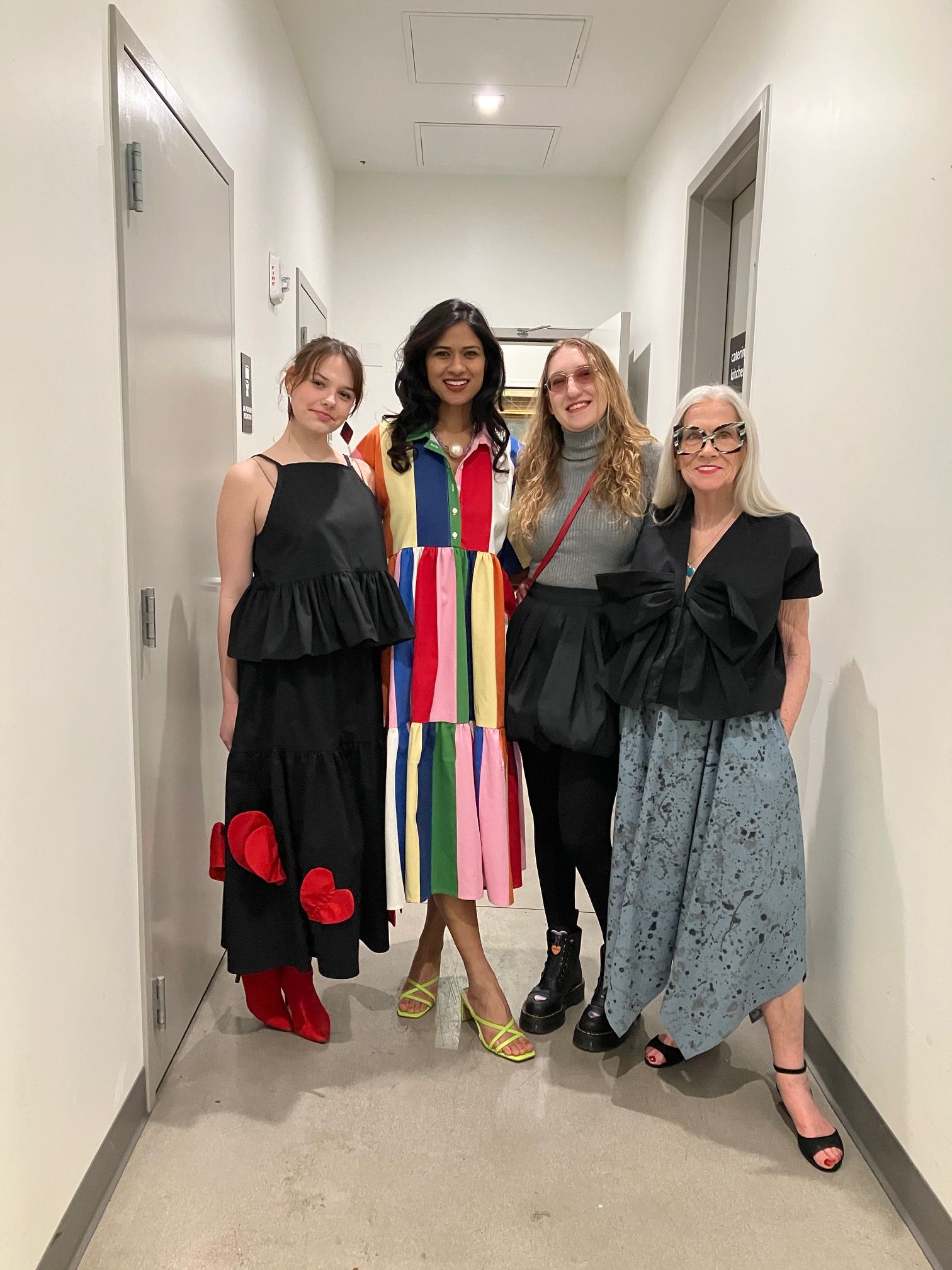
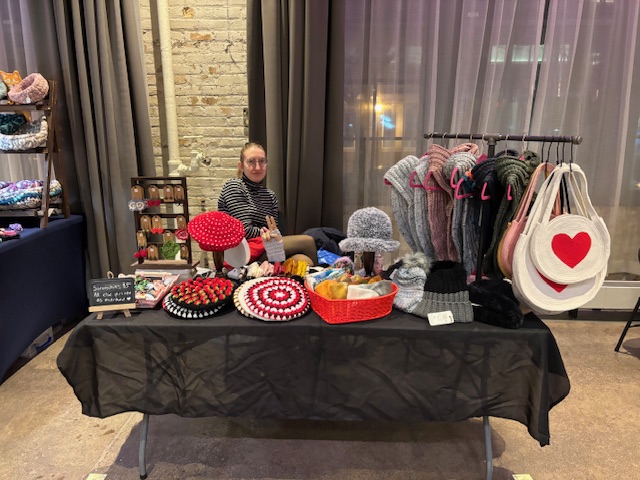
Awesome – so before we get into the rest of our questions, can you briefly introduce yourself to our readers.
Since childhood, I have been a maker. I learned to sew, knit, and crochet from my mom at an early age. When thinking about what to go to college for, there was really nothing else I could see myself doing so I went to school for apparel design and retail merchandising. After graduating, I started 1004 Designs, an indie slow fashion brand with a focus on knitwear, that I had intended to only be my side job. I had a brief stint as a pattern specialist for a live production company, but the pandemic put a quick end to that path. Being laid off encouraged me to see if I could make my brand work as a full time job. Since then, I have branched out with my product offering so I can utilize more of my skills, so I make women’s ready-to-wear and accessories as well as my original knitwear line.
One of the things I set out to do as a designer was to explore and experiment with various ways that sustainable concepts could be incorporated into a small business model. I love the idea of zero waste; one of the reasons I have always enjoyed knitwear was because you make the pieces to the exact shape during the fabric making process, so there is no cut off waste. I wanted to see if I could translate the zero waste philosophy in cut and sewn garments as well, so I have been playing around with how to reduce the amount of scrap waste through patterning methods, to varying success. The thing about being such a small business is that there is the freedom to play and experiment without as many expectations about timelines and deliverables, and I feel very fortunate to be able to be creative in that way without anyone stopping me.
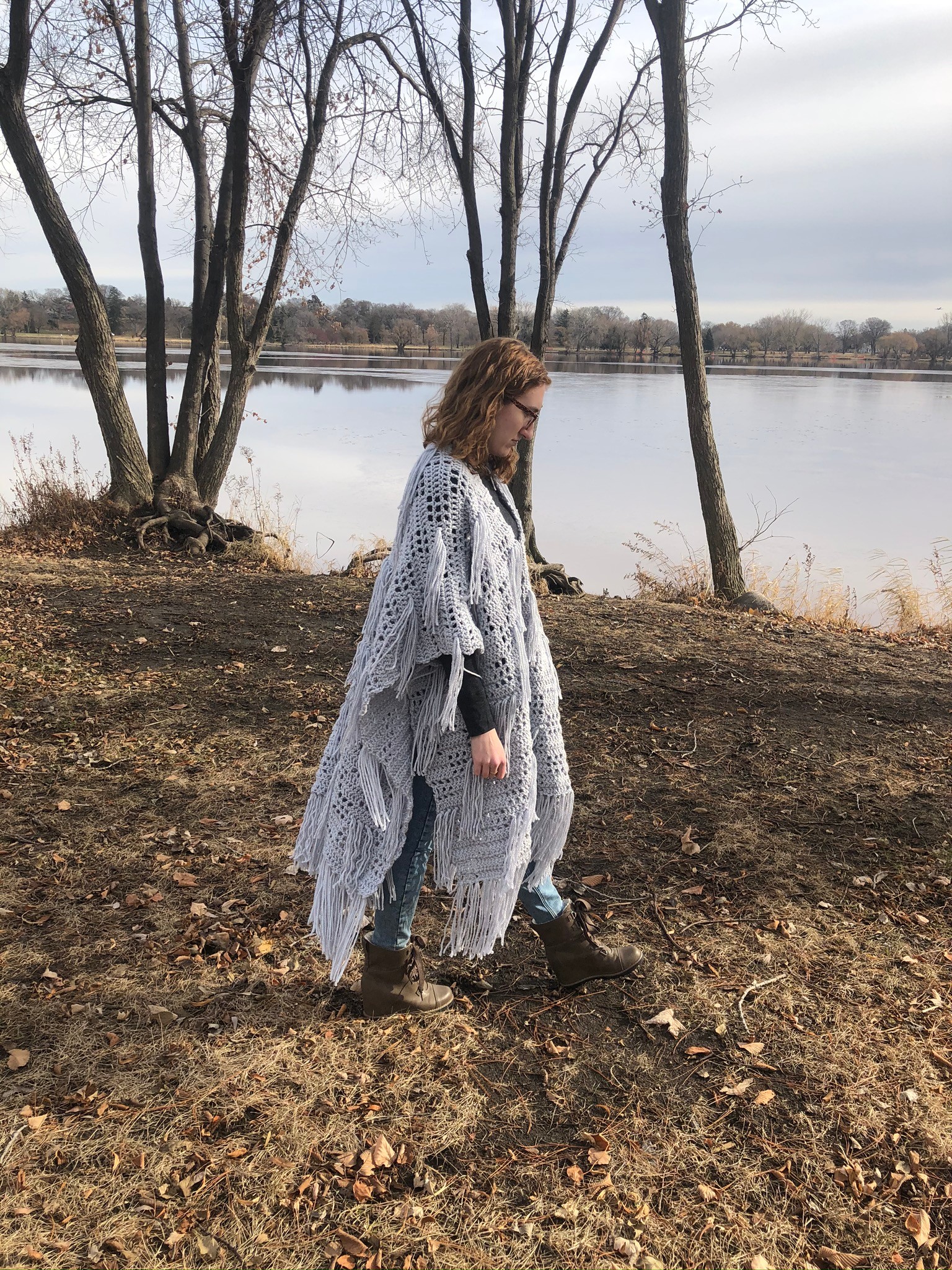
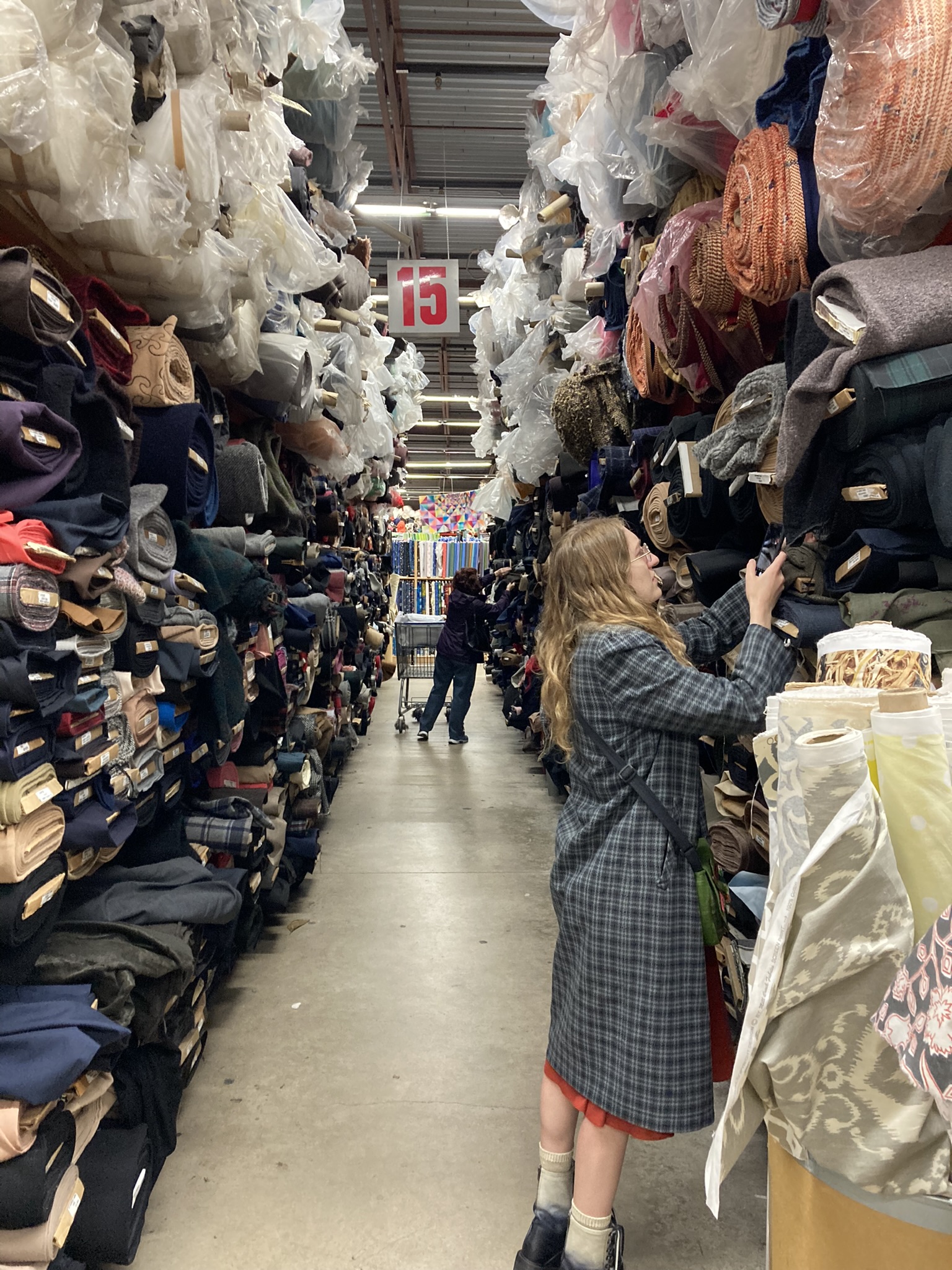
How’d you build such a strong reputation within your market?
Working specifically within fashion, I think one of the biggest problems that many brands have revolve around quality and fit issues. Fast fashion mentality has really infiltrated the whole industry, and even more expensive brands are cutting costs when it comes to fabric, seam finishes, sizing, etc. and the finished product really suffers. I think it’s an incredibly common experience now to order a garment online and then be incredibly disappointed when it arrives and it just doesn’t look and feel as nice as you were expecting. For me, I think focusing on making sure that every garment is sturdy and well-made is one of the best ways to grow and build your reputation as a trustworthy brand. When I think a piece is ready to be photographed and sold, I do a second inspection check on the stitching, seams, and closures to make sure everything is up to my standards, so that I can feel confident that it will serve a client’s needs and will last instead of falling apart the first time it goes through the wash.
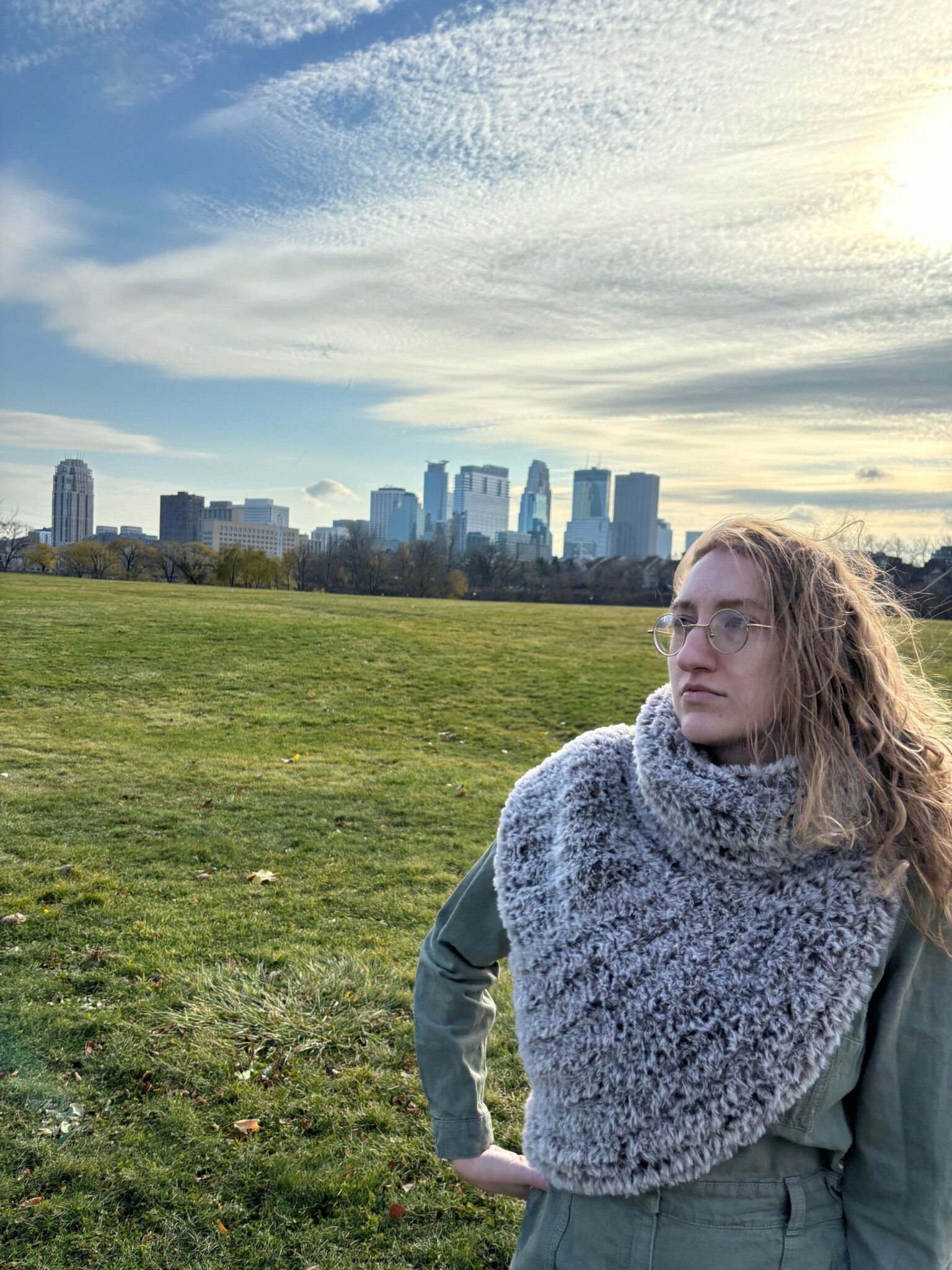
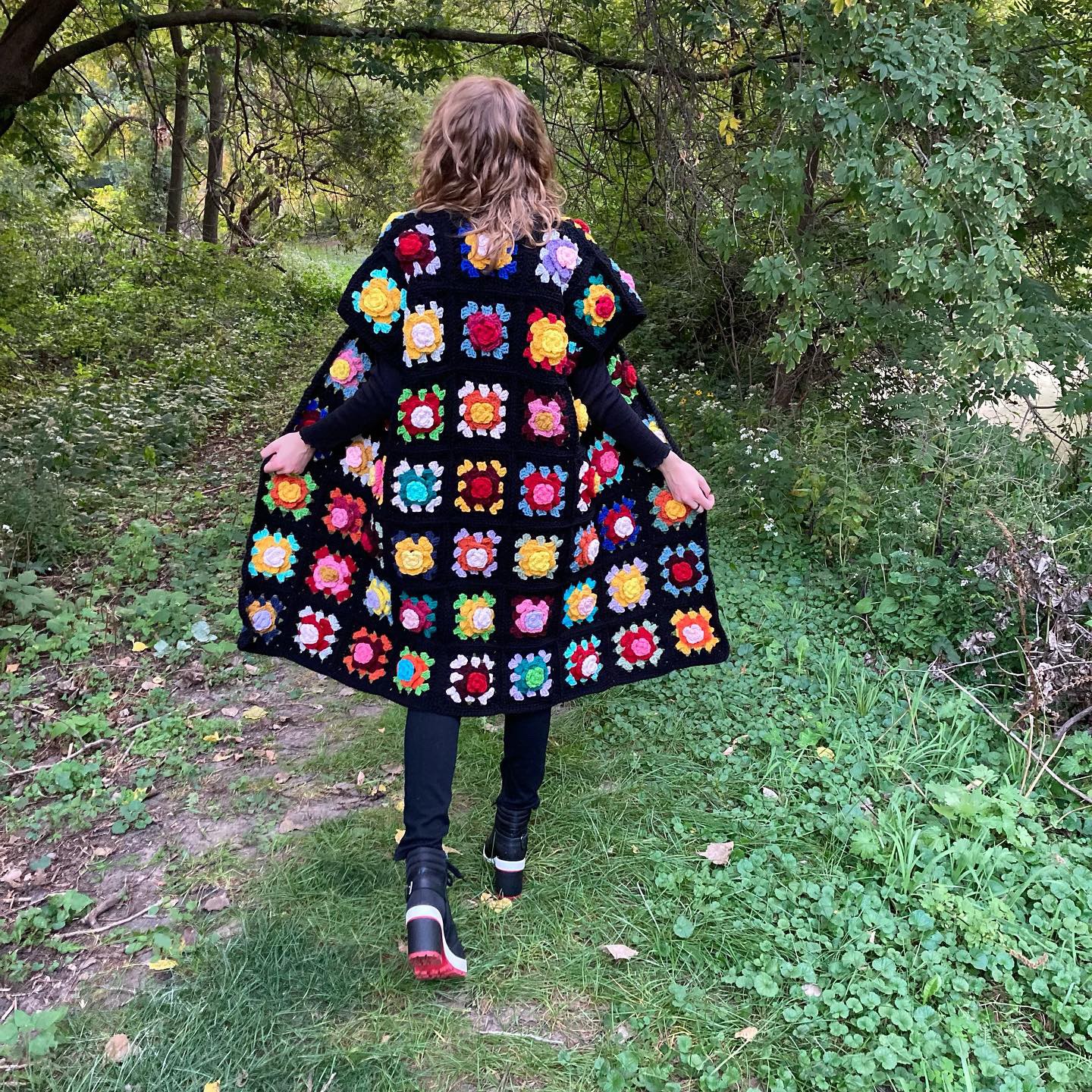
What’s the most rewarding aspect of being a creative in your experience?
I think, for me, the most rewarding aspect of being a creative person is the ability to take the current cultural zeitgeist and translate it into a physical representation that can be enjoyed in a way that is relatable to others. Especially during times of great cultural turmoil, I think that there are a lot of people that just don’t quite know what to do with themselves, and I think that things like music, film, and so many other kinds of art can provide context, comfort, provoke thought, and just generally help people make sense of what they are feeling. I know that I also have difficulty at times feeling like now is an appropriate time for creating fashion, but fashion has always been a political force and I know that now is no exception, so it feels like almost a duty that I keep creating anyway so that we can all find some comfort in beautiful and thought-provoking works.
Contact Info:
- Website: https://www.1004designs.com
- Instagram: https://www.instagram.com/1004_designs
- Facebook: https://www.facebook.com/1004designs
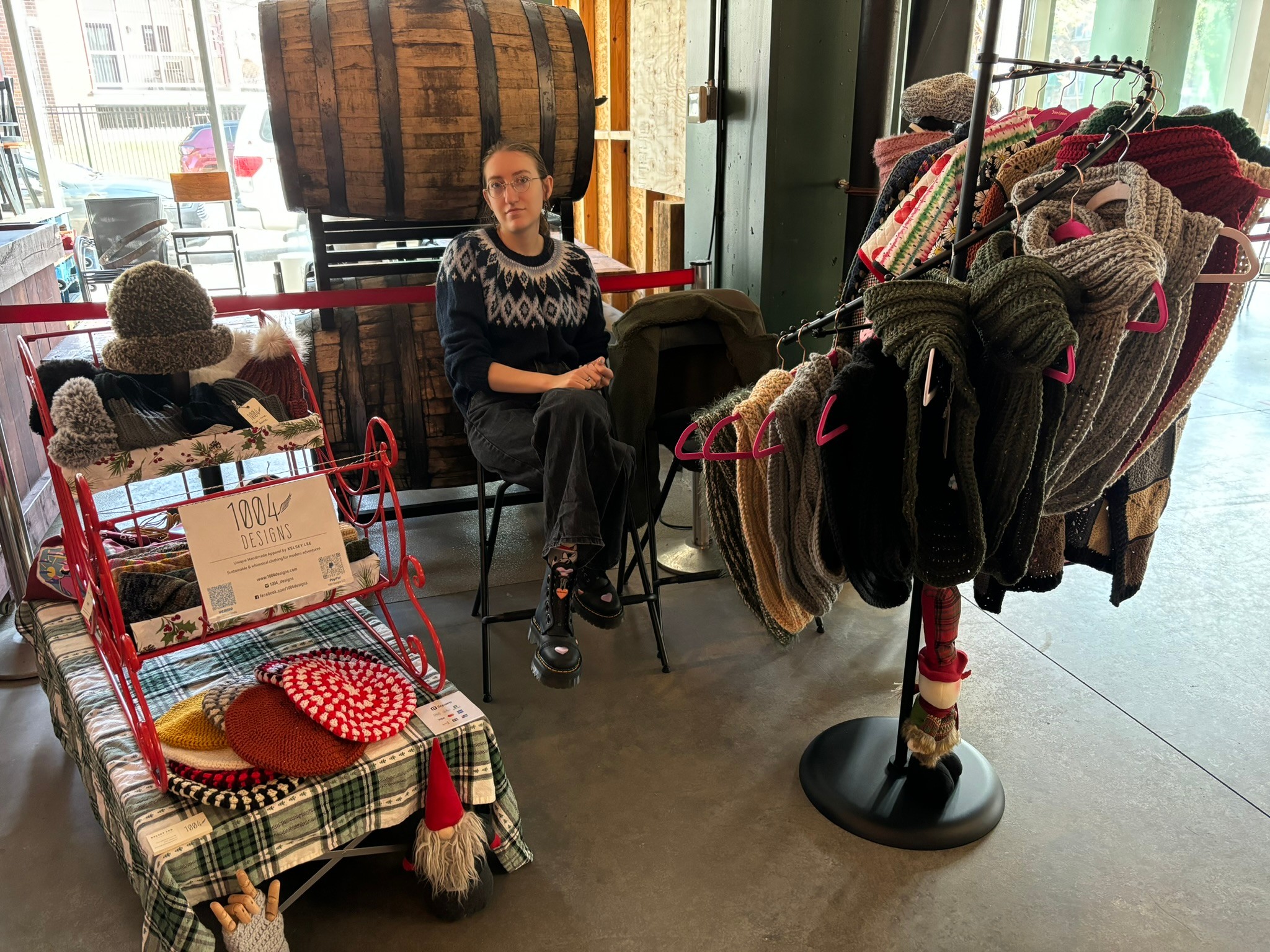
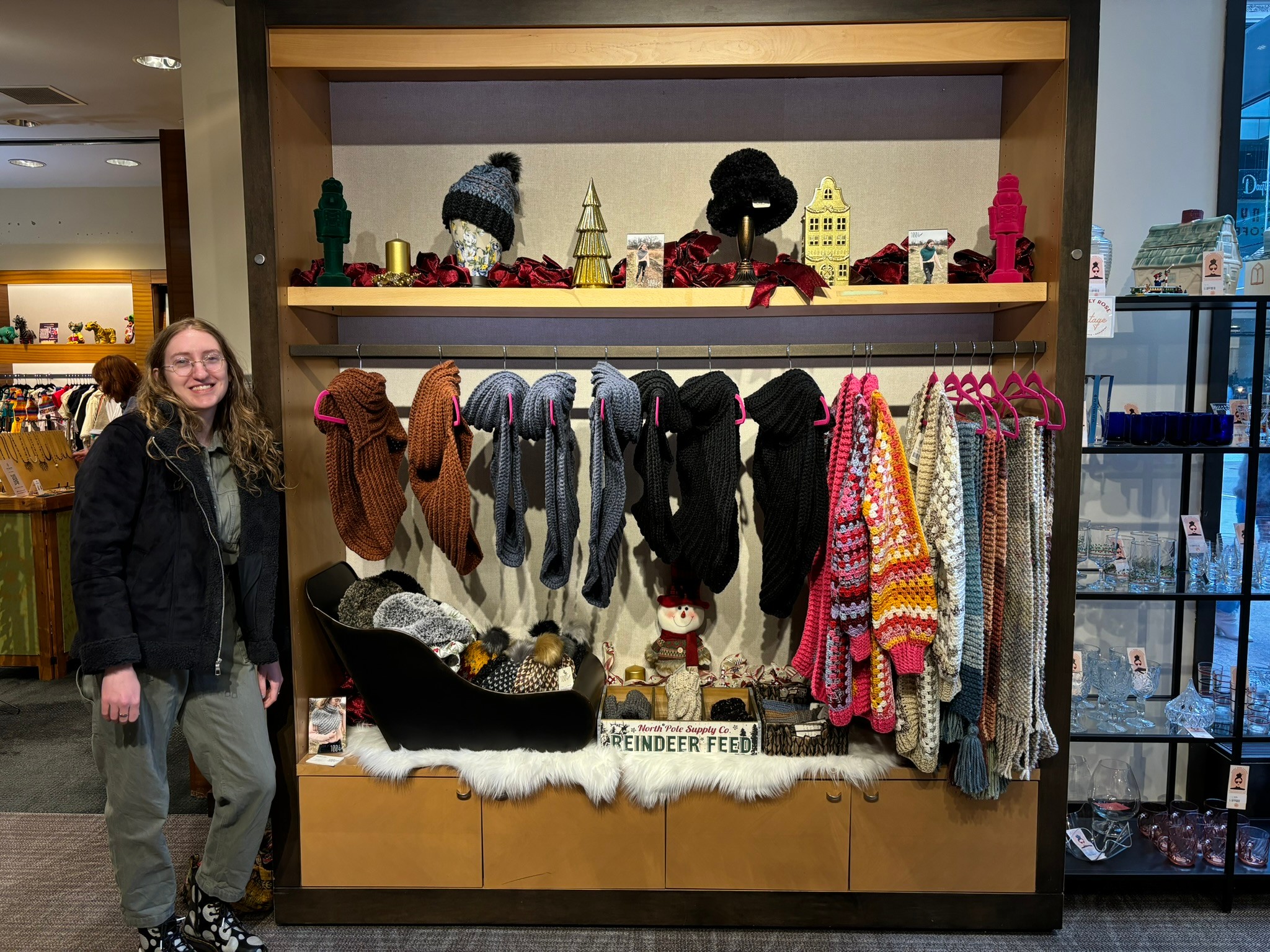
Image Credits
Junu Walter Lee
Karlee Ann Callender


